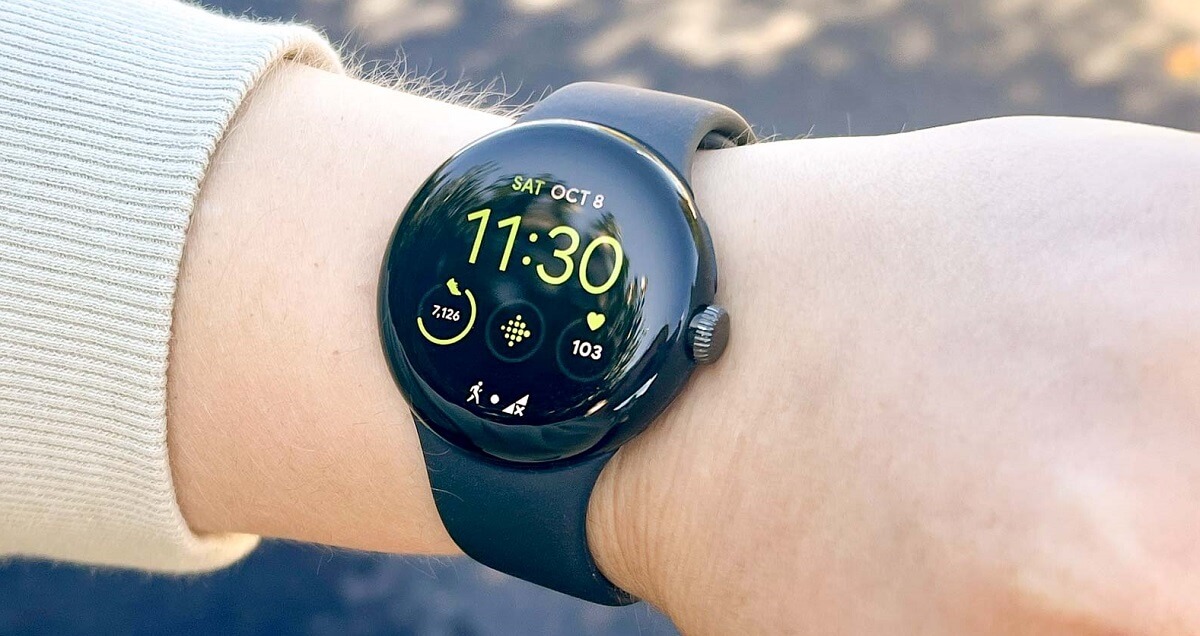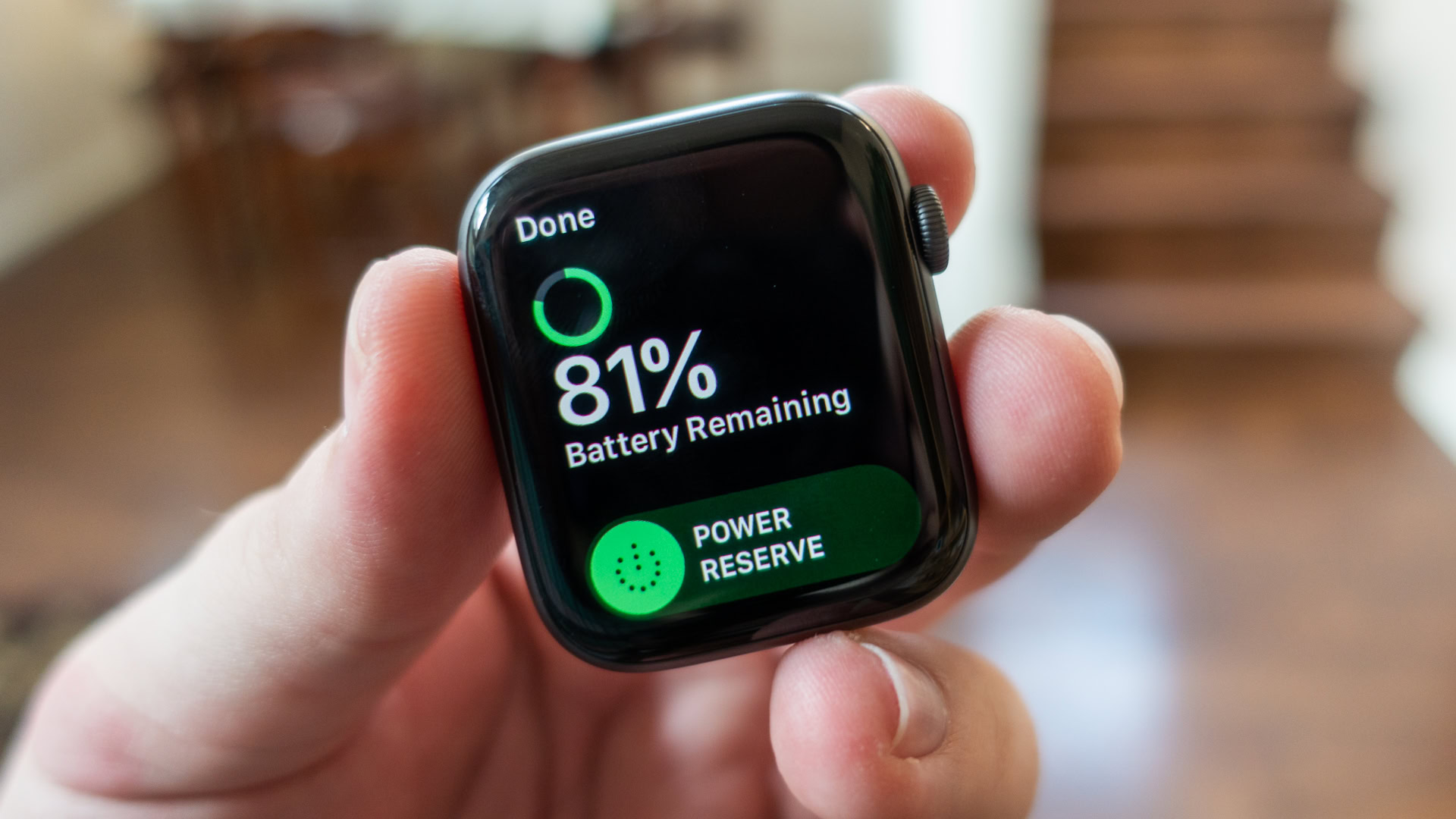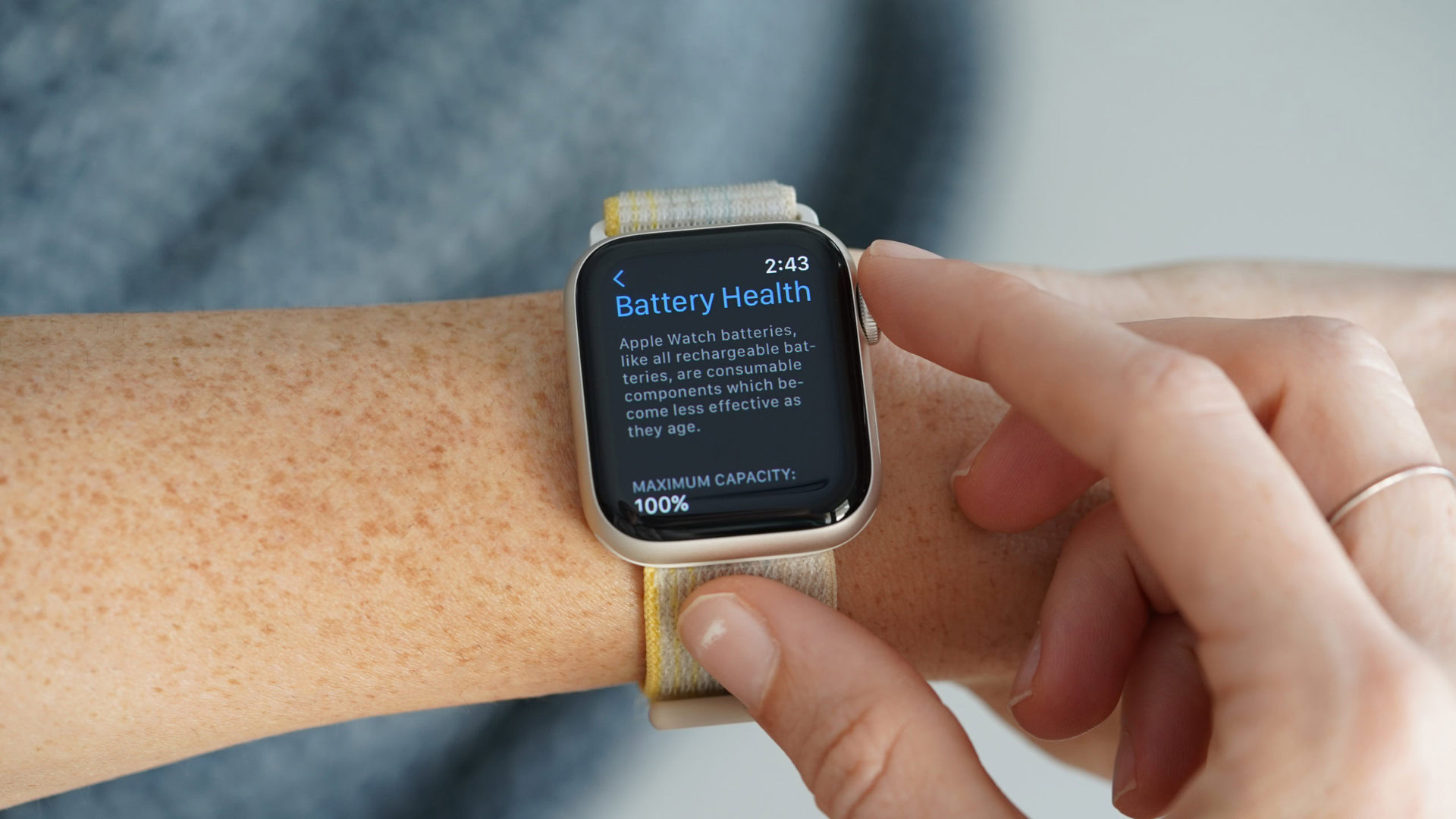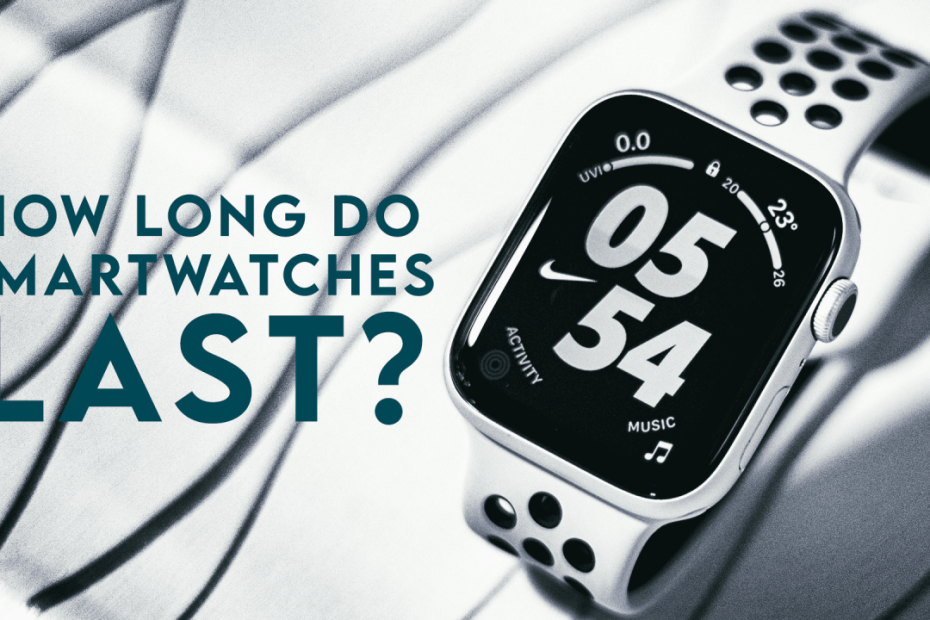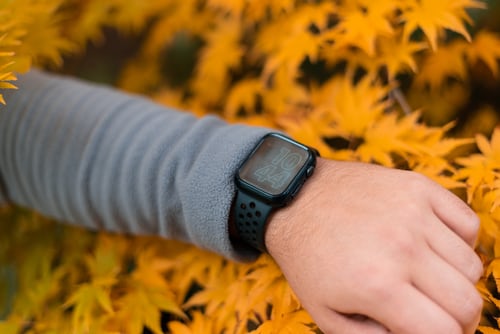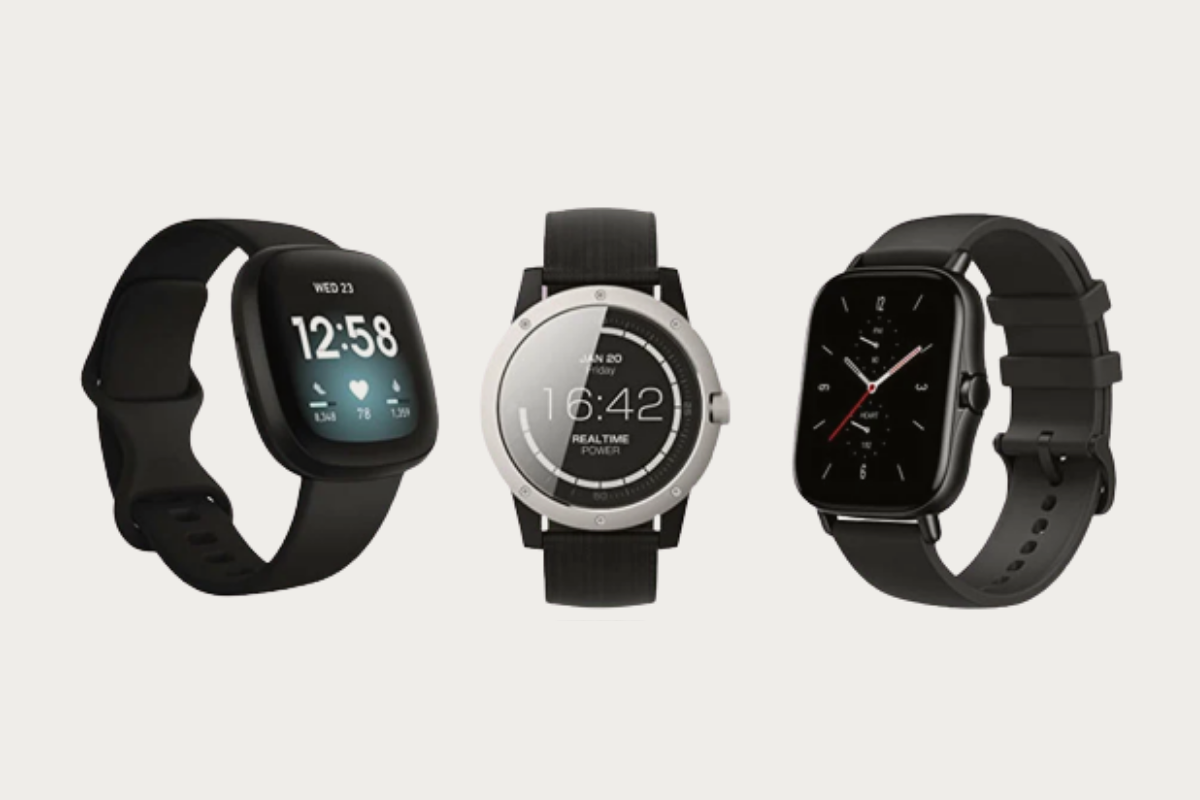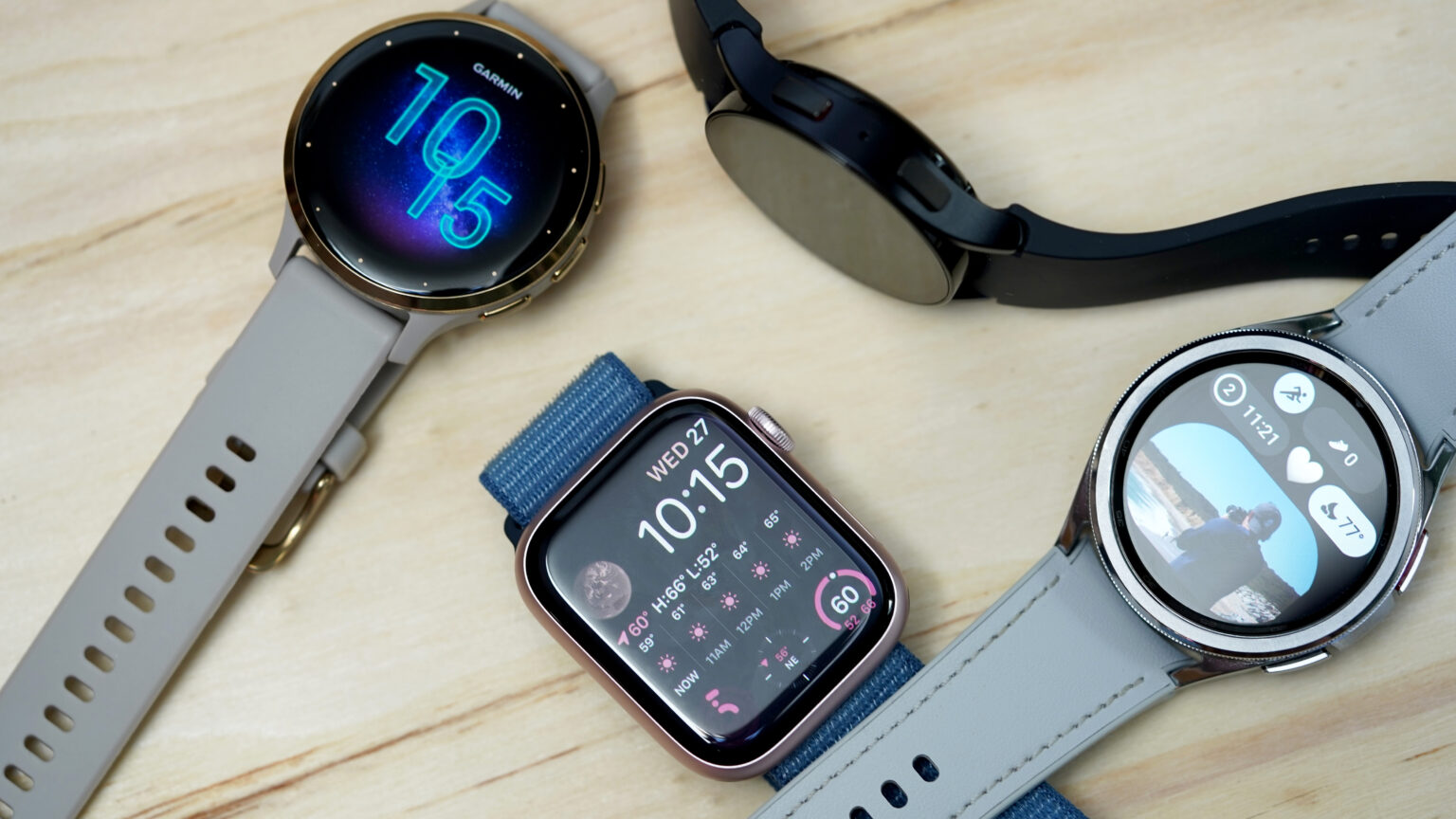How Long Does A Smart Watch Battery Last
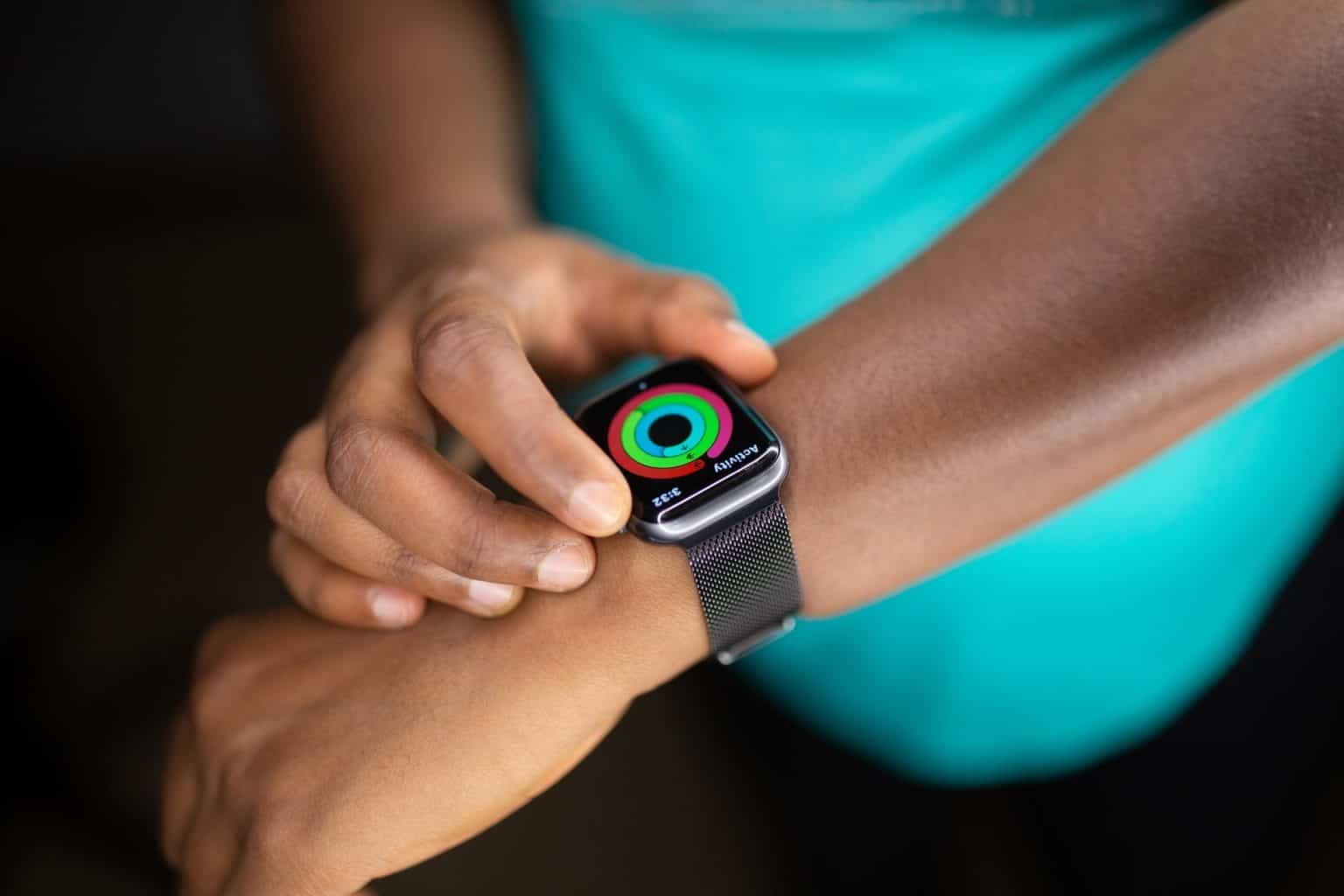
Smartwatches have become increasingly integrated into daily life, offering a range of functionalities from fitness tracking to communication. However, a primary concern for potential and current users remains: How long can they expect their smartwatch battery to last?
The battery life of a smartwatch is a critical factor influencing user satisfaction and the overall utility of the device. Understanding the various factors impacting battery performance is essential for making informed purchasing decisions and optimizing smartwatch usage.
Typically, a smartwatch battery can last anywhere from 18 hours to several days, depending on the specific model, usage patterns, and features enabled. This range reflects the diverse capabilities and designs of smartwatches currently available on the market.
Factors Affecting Battery Life
Several key elements contribute to the variability in smartwatch battery performance. These include the display type, the intensity of usage, and the number of features actively running in the background.
Display Technology
Smartwatches commonly utilize either LCD or OLED displays. OLED displays generally offer better energy efficiency due to their ability to light individual pixels only when needed. This contrasted with LCD displays that require a backlight for the entire screen.
Consequently, smartwatches with OLED screens tend to have longer battery life, especially when using dark watch faces that minimize the number of illuminated pixels.
Usage Patterns
The intensity and frequency of smartwatch usage significantly impacts battery drain. Frequent use of power-intensive features like GPS tracking, heart rate monitoring, and making calls will deplete the battery faster.
Conversely, using the smartwatch primarily for timekeeping and basic notifications will extend its battery life.
Enabled Features
A smartwatch’s battery life is also affected by the number of features constantly running in the background. Always-on display, continuous heart rate monitoring, and sleep tracking can all contribute to faster battery depletion.
Disabling unnecessary features and adjusting settings to minimize background activity can prolong battery life.
Battery Life by Brand and Model
Specific brands and models offer varying battery performance due to differences in design, software optimization, and battery capacity. Here are some general observations based on available data:
Apple Watches, known for their advanced features and seamless integration with the Apple ecosystem, typically offer around 18-24 hours of battery life with moderate usage. This often necessitates daily charging.
Samsung's Galaxy Watch series, on the other hand, can often last between 2-3 days on a single charge, depending on the model and usage patterns.
Smartwatches running Wear OS from Google also exhibit a wide range of battery performance, with some models lasting a day and others stretching to two days or more.
Many fitness-focused smartwatches from brands like Garmin and Fitbit are designed with longer battery life in mind. Some of these models can last up to a week or even longer on a single charge.
Tips to Extend Smartwatch Battery Life
Users can employ several strategies to optimize their smartwatch’s battery life. These include:
Lowering the screen brightness, disabling the always-on display feature, and reducing the frequency of heart rate monitoring.
Turning off unnecessary notifications, closing unused apps, and enabling battery-saving modes can further extend battery life.
Keeping the smartwatch software updated is also crucial, as updates often include optimizations that improve battery efficiency.
The Future of Smartwatch Batteries
The ongoing development of battery technology is expected to bring improvements to smartwatch battery life in the future. Manufacturers are exploring new battery materials and designs to increase energy density and reduce power consumption.
Advancements in software optimization and power management are also likely to contribute to longer-lasting smartwatches.
Ultimately, the key to maximizing smartwatch utility lies in understanding battery limitations and adapting usage patterns accordingly.


